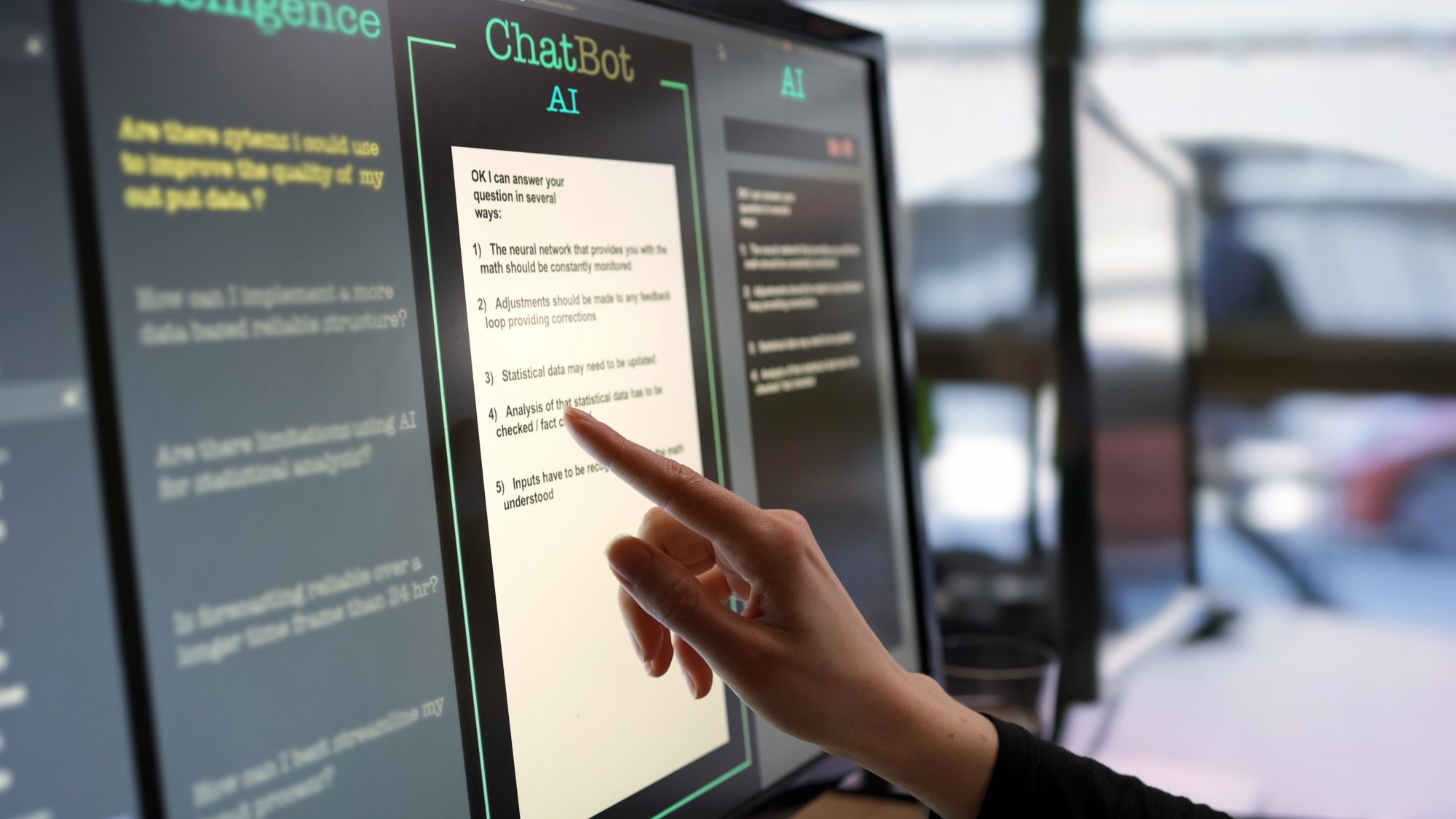Artificial intelligence is booming across all industry sectors, from software development to supply chain management and the metaverse – here are some AI trends for 2023
15% of all UK businesses have adopted at least one type of AI technology, and despite economic headwinds, AI startups have attracted over £3 billion in investment. This investment is planned to continue, with global GDP predicted to be up 14% higher in 2030 as a result of the growing adoption of AI trends.
AI technology is already in use for many businesses and will likely play an even bigger role in the future. But where might the journey of AI take enterprises in the future?
Although it’s impossible to predict exactly, Martin Weis, Managing Partner and Head of Artificial Intelligence EMEA at Infosys Consulting, provides an outlook on corporate AI trends that businesses need to keep an eye on.
1. AI as a service to a growing market
With Artificial Intelligence as a Service (AIaaS), companies can outsource services in the field of AI to third parties. This allows them to test AI for various purposes without a large initial investment and with less risk.
At a time when companies are facing the risk of an impending recession, the costs of having cloud AI on-site – the necessary hardware and software, staffing and maintenance – could be unaffordable for many companies.
The global AIaaS market is expected to grow by 37% by 2030
Through cloud-based AI offerings from major cloud hyperscalers, companies can unlock the full potential of their data and leverage the resources of these major providers to support scaling with additional computing capacity if needed. Through AI-powered analysis of their business data, decision makers can optimise their forecasts, automate analytics processes, or evaluate image and text material.
The market for AIaaS is forecast to thrive further in the coming years: Estimated at over £4.7 billion in 2021, the global AIaaS market is an AI trend expected to grow at a compound annual growth rate (CAGR) of 37% from 2022 to 2030.
2. Generative AI – AI applications supporting creative processes
Generative AI uses AI and machine learning to create new digital content (for example text, video, audio, and images) with little human intervention.
Gartner predicts that by 2025, generative AI will account for an estimated 10% of all data generated and 30% of all marketing messaging from major brands.
Marketers are already seeing early results from creative use of AI. In one study, AI creative agency pencil compared companies that created video ads using AI-based creative tools to those that worked without such AI support.

On average, the companies using AI doubled return on ad spend (ROAS) – while some campaigns in the study even increased ROAS by as much as seven times. This development could become particularly interesting for small and medium-sized enterprises, which often do not have their own advertising department.
But the use of AI to support creative processes may also affect many more companies in the future. AI can act as a creative partner for artists, video creators and even copywriters, relieving them of more time-consuming tasks.
There already are a variety of tools available, both in the area of image generation (for example OpenAI’s DALL-E 2) and text generation. It remains to be seen how companies will incorporate these tools into their business processes.
AI trends can also depend on whether the ethical and copyright issues associated with such AI use will be addressed by new laws in the coming years.
3. Use of chatbots and Natural Language Processing
With ChatGPT, OpenAI’s new AI-powered chatbot, the research field around Natural Language Processing (NLP) has taken another quantum leap – and is expected to grow by $361.6 billion globally by 2030.
As a subfield in AI trends, NPL aims to equip computers with the ability to understand written and spoken language, facilitating and improving human-machine interaction. Voice assistants such as Alexa and Siri are well known examples of NLP.
But ChatGPT goes one step further – the tool can answer complex questions in an understandable manner, extract ideas from different contexts and merge them.
Since the pandemic, the importance of customer experience has increased for customers, and has become very apparent in AI trends.
During this time, some of them have been willing to try a new channel to contact a company’s customer service. It is likely that these heightened demands will persist in the AI trends in coming years. By automating their customer communication, companies can not only meet these demands, but also handle complaints faster and reduce costs.

4. Digital twins and the metaverse
The metaverse was the talk of the town in 2022. While its use was mainly discussed for gaming, retail and social media, possibilities for its use in the industrial sector are also opening up beyond 2022. The concept of virtual machines and facilities is not new – digital twins have been used in industrial sectors for quite some time.
In connection with the metaverse, these use cases can be designed more vividly and interactive in the future.
Relocating digital twins to a metaverse environment could enable users to carry out maintenance virtually, together with customer service.
In addition, users could be able to service their machines themselves in future – under supervision via remote service – an efficient way of conserving personnel resources in times of skills shortage and teams that stretch across borders.
AI trends present huge opportunities for businesses, proving instrumental in innovation across industries.
The challenge now is for businesses to jump on these trends whilst they are hot and learn how to utilise them to bring radical business benefits.
AI trends are the future; the sooner businesses adapt to the technology and learn to understand it, the sooner they can start to future-proof their organisations.
This piece was written and provided by Martin Weis, Managing Partner and Head Artificial Intelligence EMEA at Infosys Consulting.















